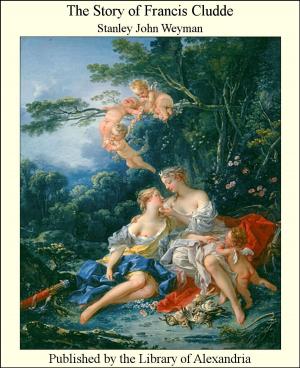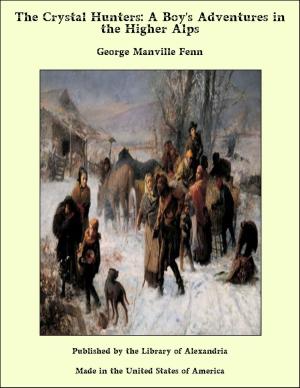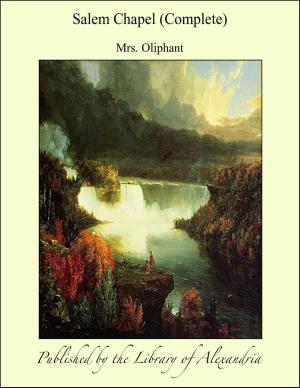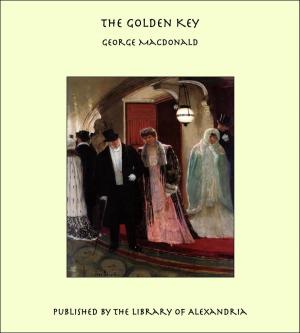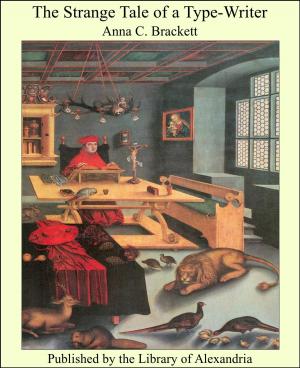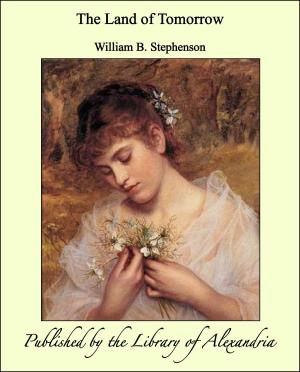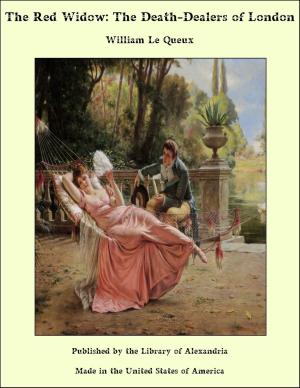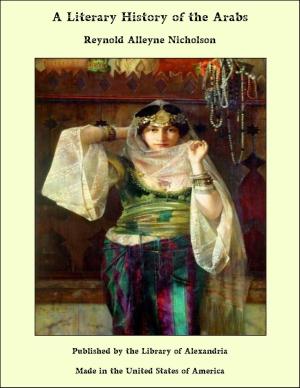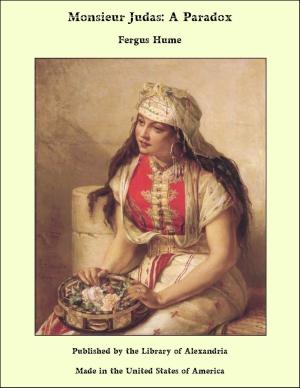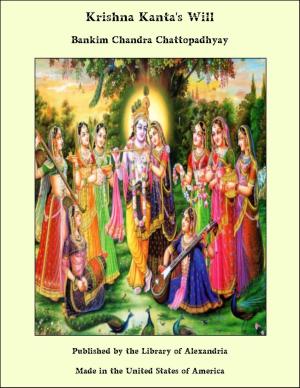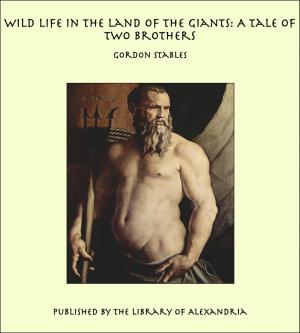| Author: | Andrew Lang | ISBN: | 9781465514745 |
| Publisher: | Library of Alexandria | Publication: | March 8, 2015 |
| Imprint: | Language: | English |
| Author: | Andrew Lang |
| ISBN: | 9781465514745 |
| Publisher: | Library of Alexandria |
| Publication: | March 8, 2015 |
| Imprint: | |
| Language: | English |
Children who have read our Fairy Books may have noticed that there are not so very many fairies in the stories after all. The most common characters are birds, beasts, and fishes, who talk and act like Christians. The reason of this is that the first people who told the stories were not very clever, or, if they were clever, they had never been taught to read and write, or to distinguish between Vegetable, Animal, and Mineral. They took it that all things were ‘much of a muchness:’ they were not proud, and held that beast and bird could talk like themselves, only, of course, in a different language. After offering, then, so many Fairy Books (though the stories are not all told yet), we now present you (in return for a coin or two) with a book about the friends of children and of fairies—the beasts. The stories are all true, more or less, but it is possible that Monsieur Dumas and Monsieur Théophile Gautier rather improved upon their tales. I own that I have my doubts about the bears and serpents in the tales by the Baron Wogan. This gentleman’s ancestors were famous Irish people. One of them held Cromwell’s soldiers back when they were pursuing Charles II. after Worcester fight. He also led a troop of horse from Dover to the Highlands, where he died of a wound, after fighting for the King. The next Wogan was a friend of Pope and Swift; he escaped from prison after Preston fight, in 1715, and, later, rescued Prince Charlie’s mother from confinement in Austria, and took her to marry King James. He next became Governor of Don Quixote’s province, La Mancha, in Spain, and was still alive and merry in 1752. Baron Wogan, descended from these heroes, saw no longer any king to fight for, so he went to America and fought bears. No doubt he was as brave as his ancestors, but whether all his stories of serpents are absolutely correct I am not so certain. People have also been heard to express doubts about Mr. Waterton and the Cayman. The terrible tale of Mr. Gully and his deeds of war I know to be accurate, and the story of Oscar, the sentimental tyke, is believed in firmly by the lady who wrote it. As for the stories about Greek and Roman beasts, Pliny, who tells them, is a most respectable author. On the whole, then, this is more or less of a true story-book.
Children who have read our Fairy Books may have noticed that there are not so very many fairies in the stories after all. The most common characters are birds, beasts, and fishes, who talk and act like Christians. The reason of this is that the first people who told the stories were not very clever, or, if they were clever, they had never been taught to read and write, or to distinguish between Vegetable, Animal, and Mineral. They took it that all things were ‘much of a muchness:’ they were not proud, and held that beast and bird could talk like themselves, only, of course, in a different language. After offering, then, so many Fairy Books (though the stories are not all told yet), we now present you (in return for a coin or two) with a book about the friends of children and of fairies—the beasts. The stories are all true, more or less, but it is possible that Monsieur Dumas and Monsieur Théophile Gautier rather improved upon their tales. I own that I have my doubts about the bears and serpents in the tales by the Baron Wogan. This gentleman’s ancestors were famous Irish people. One of them held Cromwell’s soldiers back when they were pursuing Charles II. after Worcester fight. He also led a troop of horse from Dover to the Highlands, where he died of a wound, after fighting for the King. The next Wogan was a friend of Pope and Swift; he escaped from prison after Preston fight, in 1715, and, later, rescued Prince Charlie’s mother from confinement in Austria, and took her to marry King James. He next became Governor of Don Quixote’s province, La Mancha, in Spain, and was still alive and merry in 1752. Baron Wogan, descended from these heroes, saw no longer any king to fight for, so he went to America and fought bears. No doubt he was as brave as his ancestors, but whether all his stories of serpents are absolutely correct I am not so certain. People have also been heard to express doubts about Mr. Waterton and the Cayman. The terrible tale of Mr. Gully and his deeds of war I know to be accurate, and the story of Oscar, the sentimental tyke, is believed in firmly by the lady who wrote it. As for the stories about Greek and Roman beasts, Pliny, who tells them, is a most respectable author. On the whole, then, this is more or less of a true story-book.


